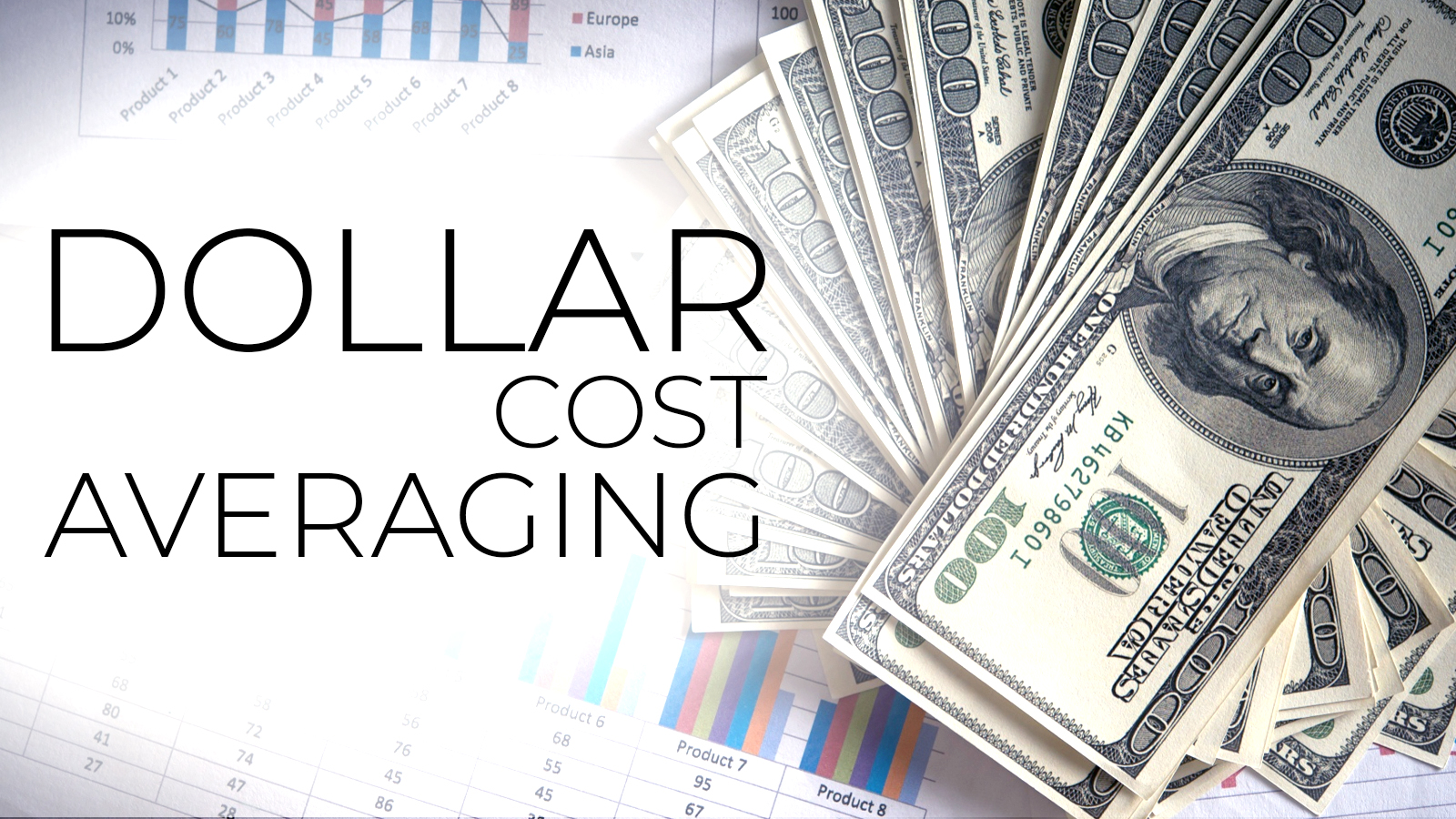
Dollar Cost Averaging Bitcoin
In crypto markets, everyone tries to get out with more money than they put in. While the typical way people invest is to buy and hold (or hodl), we have seen novices miss out on bull runs, due to “FUD” and “FOMO”, allowing markets to crash on them, leaving them wrecked (or rekt).
Fundamental trading strategies are older than the market itself, with traders trying to make profits or avoid huge losses. And unless you are crypto-initiated, you might be surprised to learn that there is a risk-reducing strategy that works just well in the long term. Dollar cost averaging Bitcoin is the best of both worlds: a profitable investment strategy while also mitigating risk.
What is dollar cost averaging Bitcoin?
Dollar cost averaging Bitcoin, or DCA, is an age-long investment strategy used in financial markets to mitigate risks of losses, with its biggest applications in stock markets, index and mutual funds, and crypto markets. It refers to a consistent deposit of a dollar amount into a particular asset over a time frame, irrespective of the price fluxes of the asset.
How does dollar cost averaging Bitcoin work?
Suppose you want to invest $10,000 in Ethereum (ETH). There are two major ways you can go about it: lump-sum investing and dollar cost averaging. In lump-sum investing, you enter at once and hold tight. In dollar cost averaging, you fragment the capital and buy a fixed amount at regular intervals (e.g. $500 every week). Price swings cause the amount of ETH you purchase to vary too. When the ETH price goes down, you get to acquire more and vice versa.
The pros and cons of dollar cost averaging Bitcoin
Pros:
1. It saves you from ill-timed purchases
Very few investors can predict if there will be a correction, and even the best of investors cannot correctly predict how deep a correction will be. Imagine you put $1000 into the market weeks before a major correction. You will lose a lot of money and take more time to recover than split the money into consistent monthly routines. Dollar-cost averaging serves as a buffer against unfortunate market occurrences.
2. Lower average prices
One of the merits of DCA is that when the market is bearish, you can keep buying at a bargain. This will reduce the average purchase price as you keep averaging down, and you will gain more in later times than if the market turns bullish.
3. Helps against emotional investing
Most of what we do as an investment in recent times hinges on media hype and sentiments. By having a routine in investing, you will care less about what is being said and only focus on getting and investing in good assets.
Cons
1. Rigidity
The principle of DCA demands investing in an asset irrespective of the market season. Business fundamentals change over time. Investing parameters also do not remain the same. There should be a level of flexibility to allow investors to hedge against losses or ride on new opportunities. Unfortunately, the DCA doesn’t permit that.
2. Lesser Returns
Since dollar cost averaging means you buy and keep buying irrespective of what direction the market moves, you might end up with less profit than if the market keeps an upward trend.
3. Transaction costs
Lots of money might be used in paying gas fees, especially if you’re trading on the Ethereum network.
Dollar cost averaging Bitcoin: the takeaway
Is DCA good or bad? It all depends on the market season. When the market seems very volatile or the fear index seems very high, you should consider switching to DCA to help you average down in case of a market downtrend. When the market is bullish, you might lose out on possible gains by averaging your investments.







